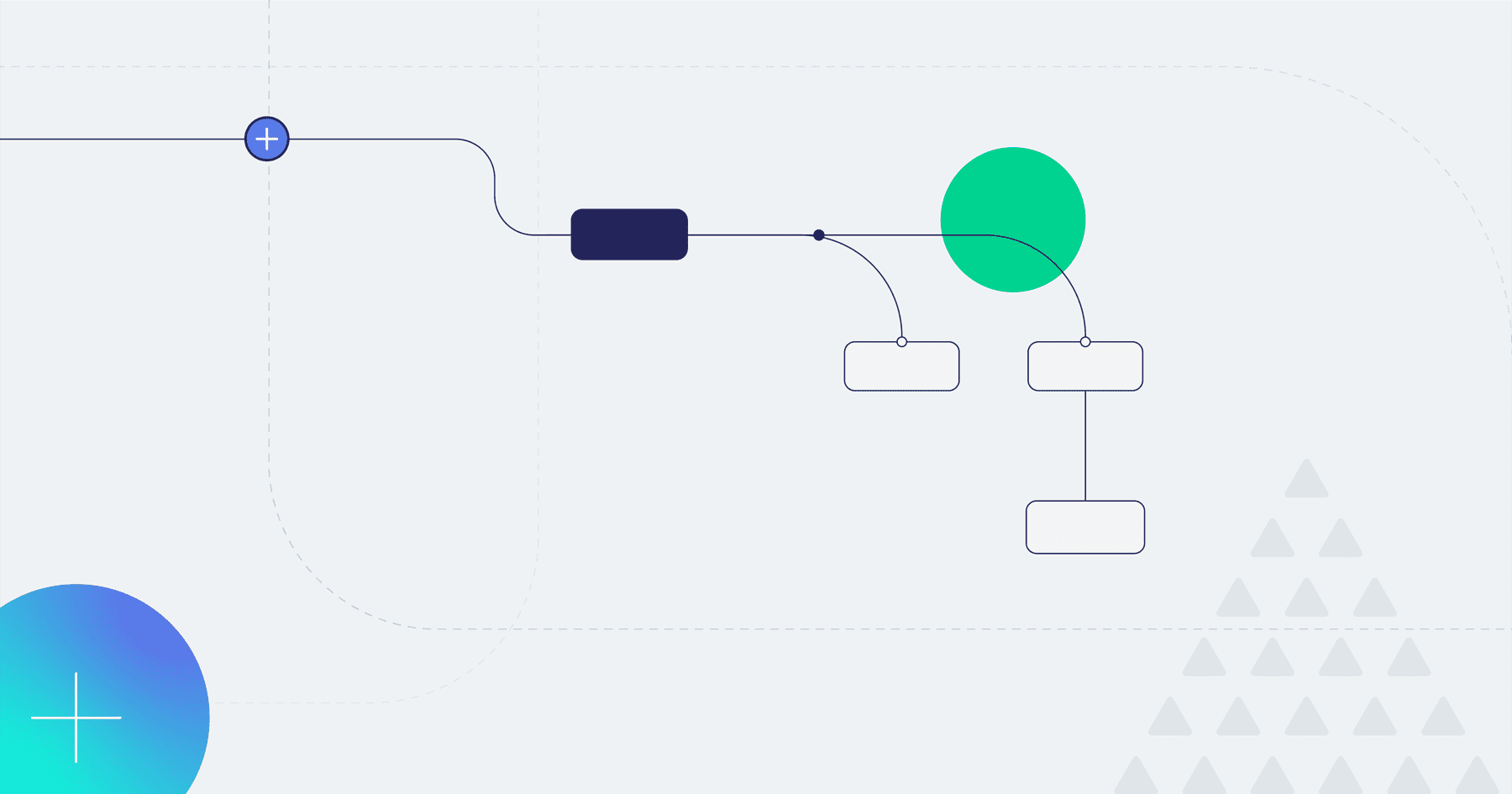In this post, we'll look at the current state of SaaS integrations, review how integrations are often handled, and highlight a way to improve your customers' integration user experience.
There is currently a huge need for SaaS integrations
The number of SaaS companies has absolutely exploded these last few years, with more than 15,000 now based in the United States alone. As a result, businesses are using more SaaS applications than ever before. Blissfully, now Vendr, noted in a 2020 report that small businesses use an average of 102 different apps, mid-market businesses use an average of 137 apps, and enterprises use an average of 288 different apps.
As companies increasingly rely on SaaS applications, they also expect those applications to exchange data with each other. As a result, SaaS vendors are investing enormous amounts of time and effort into building and supporting a rapidly expanding number of integrations.
Many B2B SaaS products provide poor integration experiences
Despite this huge investment in building integrations, many B2B SaaS products provide an extremely poor customer experience surrounding those integrations. Here are a few ways in which integrations are frequently a subpar experience for customers:
- Integrations are often built and deployed in a way that makes them feel like they are "bolted on" to the product, without the planning and thought that goes into the core application.
- Integrations are often largely invisible to customers. There is frequently no central listing of integration offerings, so customers often don't know which integrations are available or if the ones they need are on that list.
- Even when needed integrations are available, customers often have no direct access to self-activate or configure them. Instead, there's often a back-and-forth process with the vendor that delays the customer from being up and running on their new SaaS.
- When integration issues arise, customers typically have no visibility into their integrations or ability to do anything themselves. They must contact the vendor, and due to the challenging nature of integration support (reliance on infrastructure, third parties, etc.), simple issues often drag on for many days or even weeks.
- Integrations, often built as “one-offs” to meet a single customer's needs, can be quite expensive when compared with the core application. Customers may not want to pay these additional costs, but because of their current investment in the core application, they may feel as though they don't have much choice.
Customers deserve an excellent integration UX
SaaS companies spend considerable time and money optimizing the user experience within their core applications. Why? They understand that the user experience is important to keep their customers happy – and essential to keeping customers for the long term. When it comes to integrations, customers should have the same excellent user experience as they have with the core application.
An integration marketplace provides that excellent experience
An integration marketplace gives companies the ability to provide customers with a first-class user experience, including the ability to explore and activate integrations as well as to configure and support them. In short, an integration marketplace moves much of the day-to-day control of integrations directly into the customer's hands.
What is an integration marketplace?
An integration marketplace is the part of a SaaS application where customers can explore the application's integration offerings, activate the ones they need, and use self-serve integration support tools like monitoring and alerting.
An integration marketplace includes the following:
- An easily accessible catalog showcasing the product's integration offerings
- A self-activation experience for customers to select and configure their integrations
- Self-serve support tools enabling customers to monitor and troubleshoot their own integrations
An integration marketplace is similar to an application marketplace. Application marketplaces (such as Salesforce's AppExchange) list all sorts of apps, add-ons, plugins, modules, extensions, and integrations that work with the core application. However, an integration marketplace is focused purely on integrations: the software functionality which allows data to pass successfully from one application to another.
This post is an excerpt from our guide, Using an Integration Marketplace for Your B2B SaaS.




